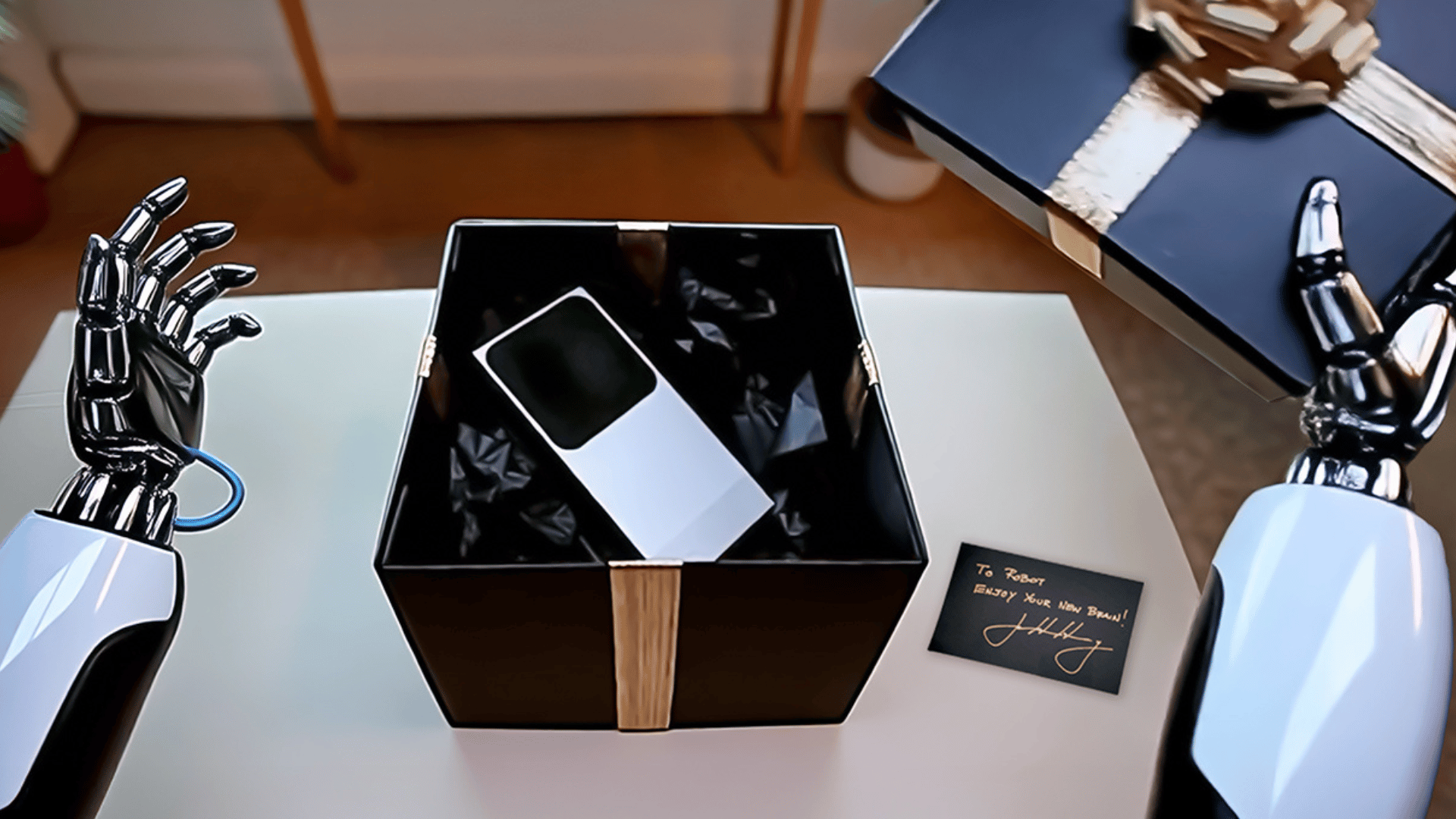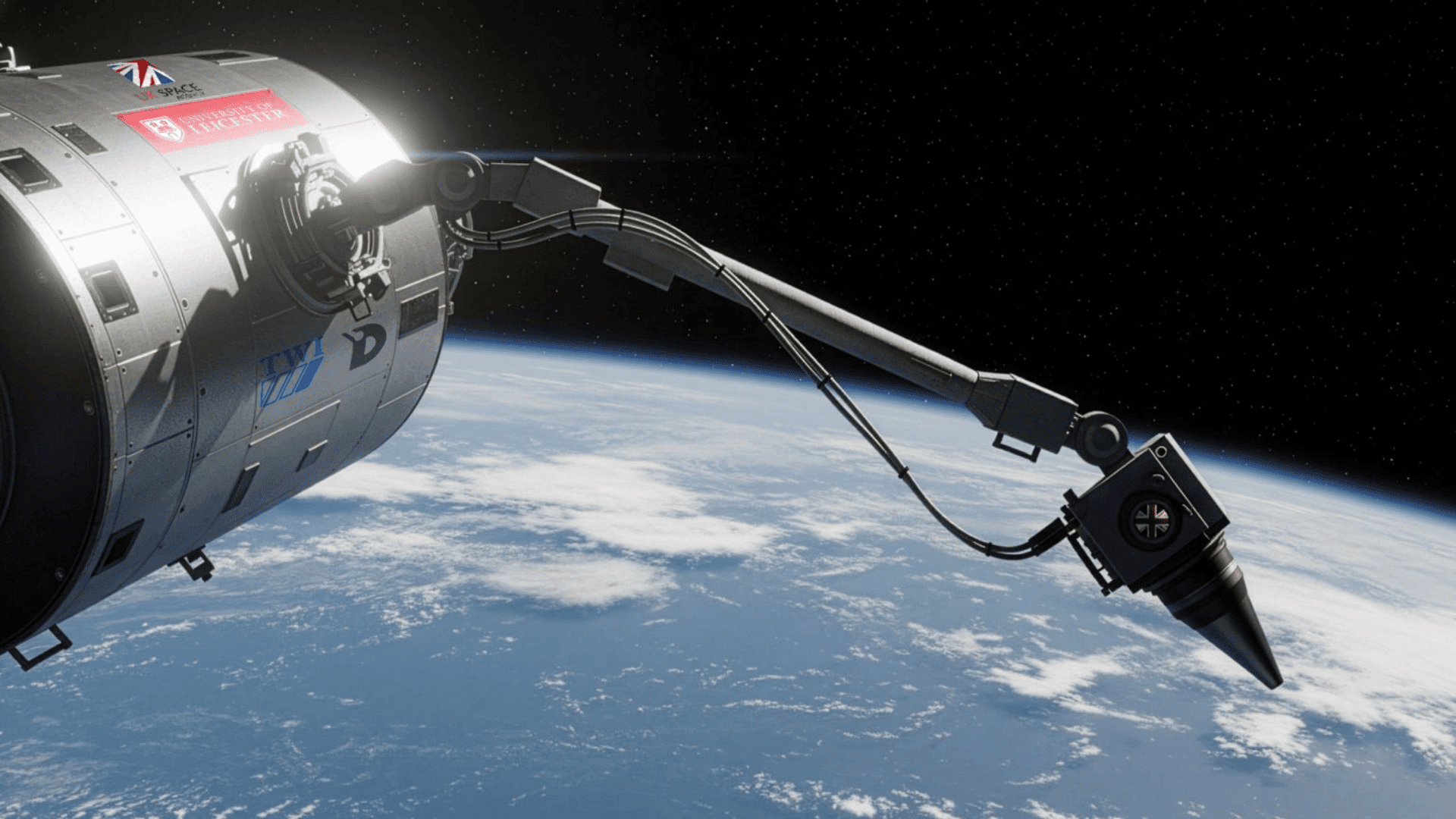NVIDIA’s Jetson Thor module is like a robotic brain, making technology smarter. It allows robotic systems to see, think, and react similarly to humans. This tiny new piece of technology makes robots more capable than ever before.
Some of the world’s largest robotics companies are implementing NVIDIA’s new technology into their humanoid robots.
A Brain For Robotics

According to NVIDIA, the Jetson Thor module is all about speed and smarts.
Robots need to process a ton of information from their surroundings, such as data from cameras and other sensors, in real time. The problem is that their “brains ” have held them back. But according to reports, the new Jetson Thor module is a game-changer.
It’s an incredible upgrade from its predecessor, delivering 7.5 times more AI computing power, over three times the CPU performance, and double the memory. This massive performance boost means robots can now process complex visual information on the spot, allowing them to navigate and perform tasks in our messy, unpredictable world.
This is more than making robots a little bit better. NVIDIA says it’s about opening up a whole new realm of possibilities.
Leading robotics companies are already getting on board. Agility Robotics, for example, is planning to use Jetson Thor in the next version of its Digit robot to enhance its perception and decision-making skills.
Agility’s CEO, Peggy Johnson, said, “The powerful edge processing offered by Jetson Thor will take Digit to the next level — enhancing its real-time responsiveness and expanding its abilities to a broader, more complex set of skills.” Similarly, Boston Dynamics uses the module in its famous humanoid robot, Atlas, to handle complex tasks right on the device.
Beyond the humanoid robots, this technology will also power everything from robotic surgical assistants to intelligent farm tractors.
The new module can run sophisticated AI models, allowing robots to learn and reason independently without relying on a constant connection to the cloud. Sebastian Scherer, a professor at Carnegie Mellon, noted that previous computational limits have held back progress.
Years ago, there was a big disconnect between computer vision and robotics because computer vision workloads were too slow for real-time decision-making,” he said. “But now, models and computing have gotten fast enough so robots can handle much more nuanced tasks.”
With the Jetson Thor module, the age of brilliant and autonomous robots is now in production.







